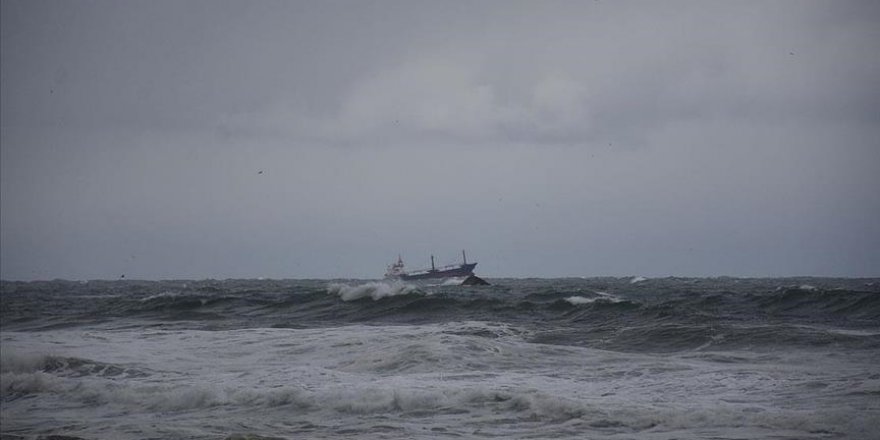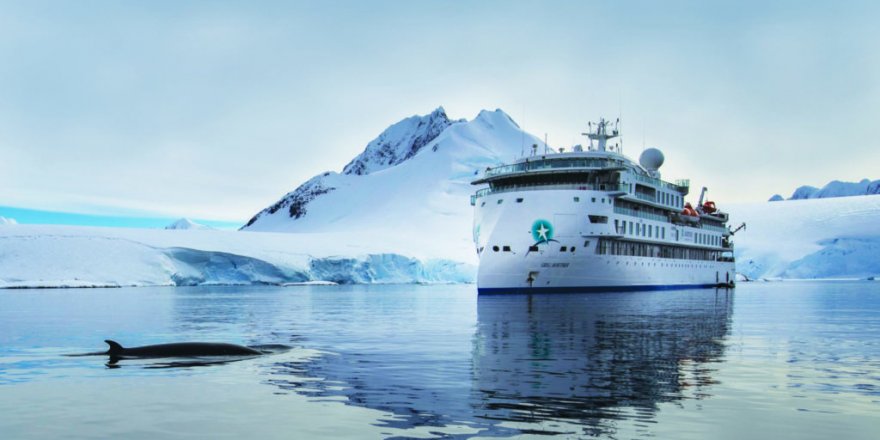
Los Angeles Port reaches 9.2 million TEU cargo in 2020
In 2020, Port of Los Angeles Executive Director Gene Seroka announced that the nation's busiest container port had moved 9.2 million Twenty-Foot Equivalent Units (TEUs).
The "State of the Port" outlines priorities: job creation, cargo growth, climate change, and development of the waterfront.
“Our container business in 2020 was the most erratic we have ever seen, with volumes plunging nearly 19% in the first five months of the year, followed by an unprecedented second-half surge,” Seroka said. “Our ILWU longshore workforce did a great job adapting to the huge swings in volume, as did port truckers and everyone else involved in moving cargo through our Port. In a year of great difficulty, we are extremely grateful for the tenacity and resolve of all of our partners,” Gene Seroka said.
The Port's freight volumes for the third and fourth quarters of 2020 rose by 50% over the first half of the year, with the Port handling a remarkable 94% more traffic the week before Christmas than the same week in 2019.
In contrast to 2019 cargo volumes, the Port completed the year down approximately 1.5 percent.
During his speech, Seroka outlined the Port's 2021 priorities, including job creation, cargo growth, investment in infrastructure, accelerating the production and deployment of zero emission technologies, and continued development of a vibrant community on the waterfront.
The Control Tower will accompany the launch of The Signal by the Port in 2020, a data dashboard that will include a three-week advance look at cargo coming into the Port. The port introduced The Return Signal later in the year, another real-time data tool that lets truckers recognize when and where to return empty containers to terminals. The signal and the return signal are both transmitted as port services.
Despite the pandemic, Seroka noted progress on port capital projects of $473 million, including eight major upgrades to ports, railways and roadways. The Port has also advanced its zero-emission terminal equipment goal by 2030 and a zero-emission wastewater fleet by 2035.
Maritime Business World




YORUM KAT